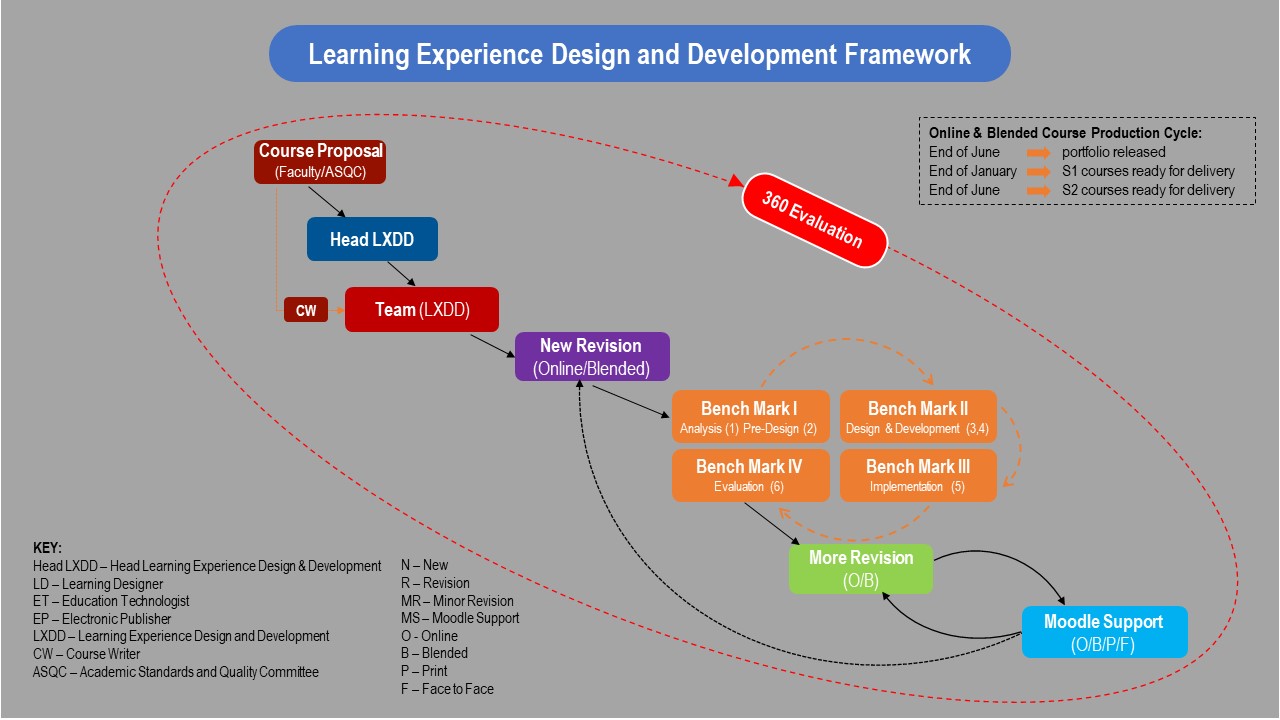About Learning Experience Design and Development
The Learning Experience Design and Development (LXDD) team at CFL engages in the design and development of high quality learning materials for students studying via Flexible Learning (FL). In addition to working closely with faculty in the course development process, the LXDD team also offers a variety of professional development opportunities such as workshops, individual consultations and Flexible Learning resources. These resources cover areas including but not limited to course design, teaching with technology, assessment and best practices in FL.
Today, USP utilises a state-of-the-art satellite communications network, USPNet, to deliver tertiary education to people in the Pacific. Over 500 credit courses are now offered through FL representing all USP’s discipline areas. Priority is being given to offering entire academic programmes through FL mode. In the near future it will be possible to complete a full programme through FL.
FL students are provided with a mix of learning materials through various modes such as online, print, blended and face to face. These multiple modes of delivery are aimed at supporting students with their studies. USPNet along with USP’s learning management system Moodle is significantly enhancing the learning experience of students in the region.
